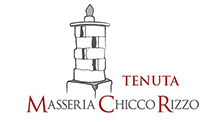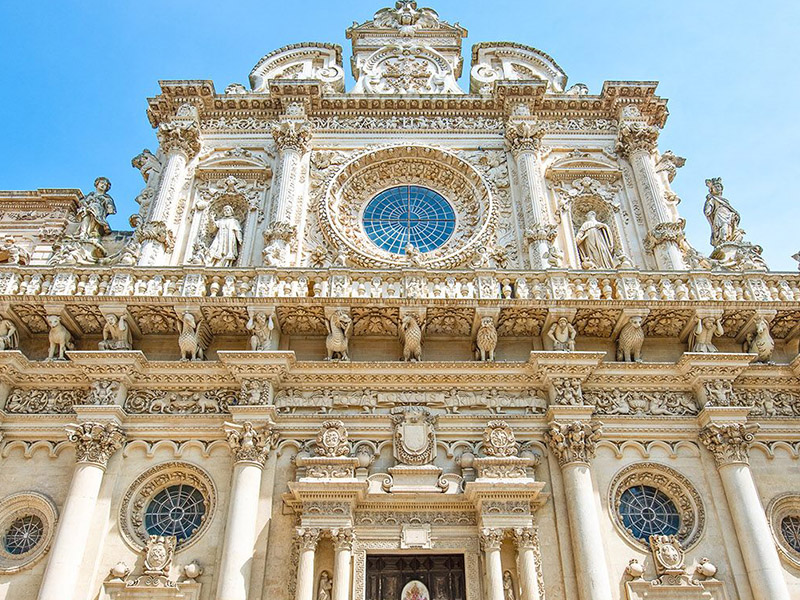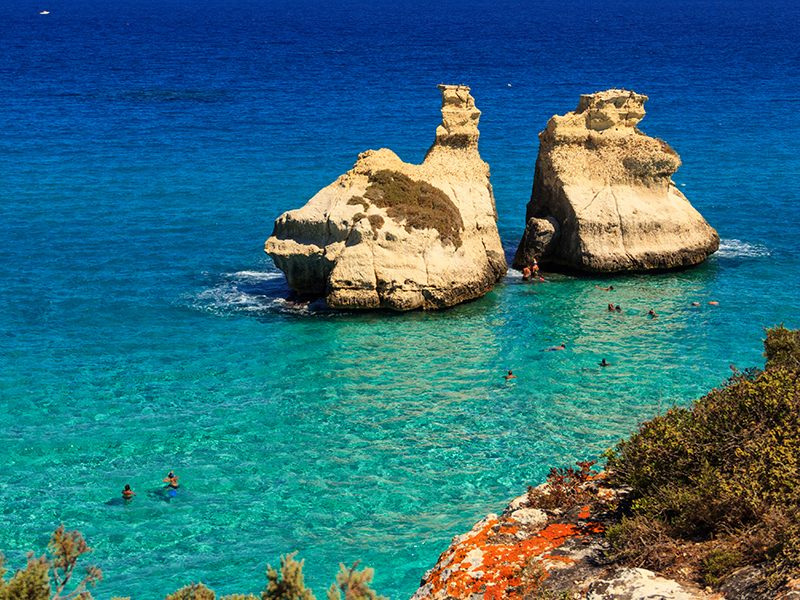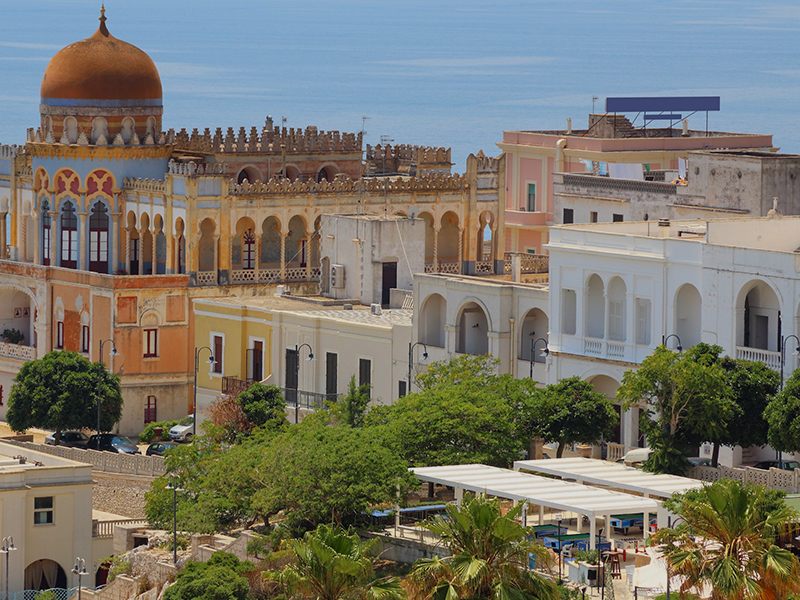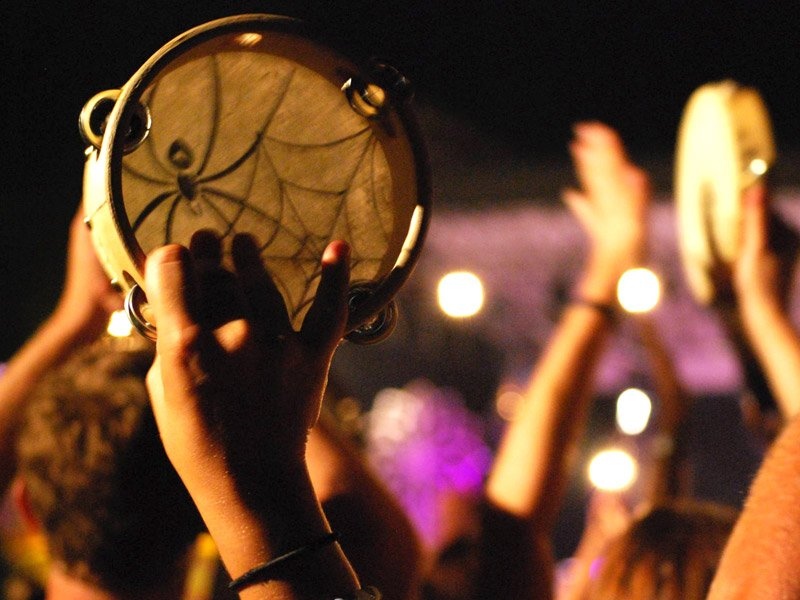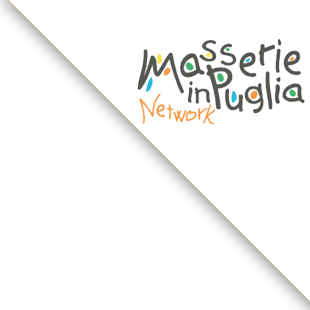For your holidays in Salento…Tenuta Masseria Chicco Rizzo to discover the ancient pleasure of being in contact with nature
The urge towards divinity has always been a characteristic feature of civilisations in every age and the Salento is no exception: here that urge has left both minor traces of its passing and spectacular monuments that still manage to surprise visitors to this very day.
From the tribal rituals of ancient dolmen to the frenzied struggles of Byzantine iconoclasm and the excesses of the Counterreformation, numerous spiritual movements have left their mark on the Salento’s artistic and cultural heritage.
The iconoclastic frenzy that hit the Byzantine Empire in the eighth century AD drove the Basilian monks to take refuge in the Salento, where they dug grottoes to serve as churches: the anachoretic cells.
We also have the Basilians to thanks for the mosaic in Otranto cathedral, which has no parallel anywhere else in the world for contents and dimensions. Here Pantaleon describes the spiritual path for achieving divinity in the tree of life, but there are also hints of such mediaeval romances as King Arthur and Puss in Boots. The mosaic features a mass of sacred characters and the mediaeval bestiary, all mixed together to generate meanings that are sometimes prohibited and rather obscure, sometimes centuries ahead of their time.
Since the local stone lends itself so well to being worked, it later facilitated the magnificence of the Baroque architecture that you can admire all over the Salento, but whose pinnacle is achieved in the many churches of Lecce. The churches of Santa Croce, with its beautiful rose window, of Sant’Irene, of San Matteo and many others come together as a celebration of the meaning of holiness, illustrating the intimate relationship with transcendence that has always been part of the mindset of the people of the Salento.
In these lands, spirituality can also be found using materials to shape other forms of art, such as the statues of saints made of papier-mâché and the patterns of the luminous installations that decorate even the tiniest settlements during their religious festivals. An ancestral memory of ancient rites of fire, when entrusted to the skilled hands of the craftsmen of Cutrofiano. These illuminations acquire colours and movements that still today make the festival of their patron Saint Domenica a world crowd-puller.
